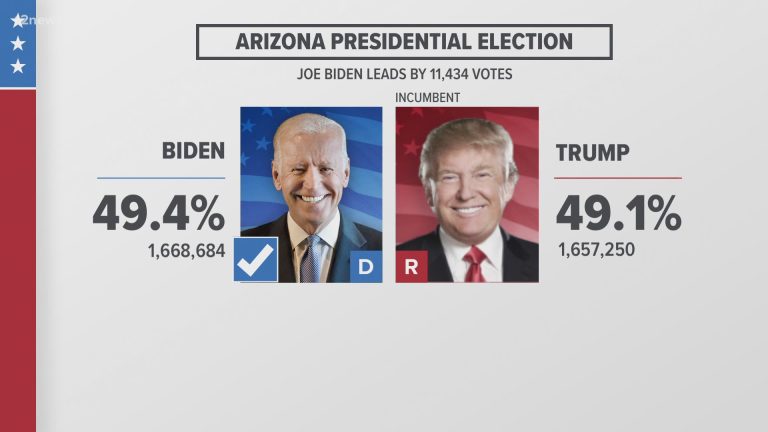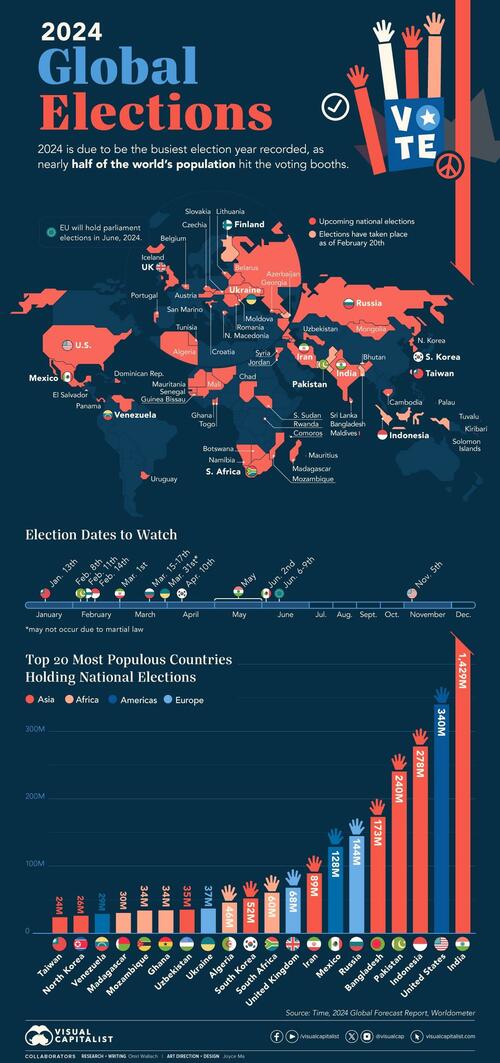

Election Integrity: 10 Shocking Facts You Need to Know
The sanctity of the ballot box is the bedrock of any functioning democracy. Yet, the process of electing our leaders is far from infallible. Beneath the surface of campaign rallies and televised debates lies a complex world of procedures, vulnerabilities, and occasional controversies that raise serious questions about election integrity. This article explores ten shocking facts that challenge our assumptions and highlight the urgent need for ongoing vigilance and reform.
1. The Human Element: More Than Just Machines
While electronic voting machines are often the focus of integrity concerns, the human element remains a significant vulnerability. From voter registration errors and inaccurate ballot counting to intentional manipulation at polling stations, human fallibility introduces a surprising amount of potential for error or fraud. Studies show a consistent, albeit low percentage of human-caused inaccuracies across various election systems globally.
2. Voter Suppression: A Silent Threat
Voter suppression, the systematic disenfranchisement of eligible voters, is a chilling reality. Restrictive voter ID laws, gerrymandering, and limited polling places disproportionately impact specific demographics, effectively silencing voices and skewing election outcomes. This isn’t about isolated incidents; it’s about strategically designed obstacles preventing citizens from exercising their right to vote.
3. Foreign Interference: A Growing Concern
The digital age has amplified the threat of foreign interference in elections. Sophisticated hacking attempts, disinformation campaigns, and targeted social media manipulation can sway public opinion and undermine confidence in the electoral process. The scale and sophistication of these attacks are continually evolving, requiring constant adaptation in defense strategies.
4. The Cybersecurity Challenge: Protecting Our Votes
Electronic voting systems, while offering speed and efficiency, present significant cybersecurity risks. Vulnerabilities to hacking, malware, and manipulation can compromise the integrity of the vote count, potentially leading to inaccurate or manipulated results. Robust cybersecurity protocols are crucial, but the constant evolution of hacking techniques presents an ongoing challenge.
5. The Cost of Securing the Vote: A Neglected Issue
Maintaining election integrity is expensive. From upgrading voting machines to implementing robust cybersecurity measures and training poll workers, the financial burden is often underestimated and underfunded, leaving many systems vulnerable. This underinvestment directly impacts the security and reliability of the election process.
6. The “Paper Trail” Debate: A Crucial Safety Net?
The use of paper ballots alongside electronic systems offers a crucial audit trail, allowing for manual recounts and verification in case of discrepancies or suspected manipulation. However, not all jurisdictions utilize paper trails, leaving the integrity of their electronic systems entirely dependent on the reliability of the software and hardware.
7. Post-Election Audits: A Necessary Check
Post-election audits are vital for ensuring accuracy and building public trust. These audits, whether manual recounts or risk-limiting audits, offer an independent verification of election results, helping identify and rectify any errors or irregularities. However, access to audits and transparency in the process are crucial for maintaining public confidence.
8. Misinformation and Disinformation: The Erosion of Trust
The spread of misinformation and disinformation online significantly impacts public trust in elections. False claims of widespread fraud, unsubstantiated accusations, and conspiracy theories can erode faith in the democratic process and fuel political polarization. Combating this requires multi-faceted approaches, including media literacy education and fact-checking initiatives.
9. The Role of Campaign Finance: Transparency and Accountability
Campaign finance regulations aim to ensure transparency and prevent undue influence on election outcomes. However, loopholes and lack of enforcement can allow for significant undisclosed funding, potentially distorting the electoral process and favoring certain candidates or interests.
10. Accessibility for All: Voting Rights and Inclusivity
Ensuring access to voting for all eligible citizens is fundamental to election integrity. This includes providing reasonable accommodations for voters with disabilities, language support, and accessible polling places. Failure to do so systematically disenfranchises certain segments of the population, undermining the principle of universal suffrage.
| Fact | Impact | Solution |
|---|---|---|
| Human Error | Inaccurate counts, registration issues | Improved training, double-checking |
| Voter Suppression | Reduced voter turnout, skewed results | Voting rights legislation, access reforms |
| Foreign Interference | Manipulated public opinion, compromised results | Cybersecurity enhancements, disinformation countermeasures |
| Cybersecurity Vulnerabilities | Potential for manipulation, fraud | Robust security protocols, regular audits |
| Underfunding | Vulnerable systems, lack of resources | Increased funding, improved resource allocation |
| Lack of Paper Trails | Difficulty in verifying results | Mandatory paper trails, independent audits |
| Insufficient Post-Election Audits | Reduced confidence in results | More frequent, transparent audits |
| Misinformation/Disinformation | Erosion of trust, political polarization | Media literacy, fact-checking initiatives |
| Campaign Finance Loopholes | Undue influence, lack of transparency | Stronger regulations, enhanced enforcement |
| Lack of Accessibility | Voter disenfranchisement | Accessible polling places, language support |
Ultimately, ensuring election integrity requires a multifaceted approach involving technological advancements, legislative reforms, increased transparency, and, crucially, the active participation of informed citizens. The ten facts outlined above serve as a stark reminder of the challenges we face and the importance of continuous vigilance in protecting the democratic process.

Additional Information
Election Integrity: Expanding on 10 Shocking Facts – A Deeper Analysis
To meaningfully analyze “10 Shocking Facts You Need to Know” about election integrity, we need the original list of facts. However, we can anticipate common themes and provide detailed analysis on potential areas of concern:
Anticipated Areas & Deeper Analysis:
-
Voter Suppression: A “shocking fact” might highlight disproportionate impacts of voter ID laws or restrictive registration deadlines. A deeper analysis would:
- Quantify the impact: Analyze voter turnout rates in jurisdictions with and without strict voter ID laws, focusing on demographic breakdowns to reveal disparities (e.g., higher impact on minority and low-income populations). Studies by organizations like the Brennan Center for Justice provide valuable data.
- Examine legal challenges: Detail successful and unsuccessful legal challenges to restrictive voting laws, highlighting judicial reasoning and the ongoing debate around the balance between voter access and preventing fraud.
- Explore alternative solutions: Discuss potentially less restrictive measures, such as automatic voter registration, same-day registration, and expanded early voting periods, that improve access without compromising security.
-
Foreign Interference: A “shocking fact” could concern foreign actors’ attempts to influence elections through disinformation campaigns or hacking. A deeper analysis would:
- Analyze specific instances: Detail the 2016 Russian interference, outlining the methods employed (e.g., social media manipulation, hacking of email accounts), their impact on public opinion, and the ongoing efforts to prevent similar incidents. The Mueller Report provides crucial information.
- Assess vulnerabilities: Identify weaknesses in election infrastructure (e.g., reliance on outdated technology, lack of cybersecurity protections) that make it susceptible to hacking or manipulation. The Cybersecurity and Infrastructure Security Agency (CISA) reports offer relevant insights.
- Discuss mitigation strategies: Examine existing and proposed measures to enhance election security, such as hardening IT systems, improving cybersecurity training, and implementing better risk assessment frameworks.
-
Misinformation and Disinformation: A “shocking fact” might point to the widespread dissemination of false information affecting voter behavior. Deeper analysis would:
- Analyze the spread of misinformation: Use case studies to demonstrate how specific false claims (e.g., widespread voter fraud, rigged voting machines) circulate on social media and traditional media, and their impact on voter confidence.
- Examine the role of social media platforms: Assess the effectiveness (or lack thereof) of social media companies’ efforts to combat misinformation, analyzing their content moderation policies and their impact.
- Discuss media literacy initiatives: Explore educational programs aimed at improving citizens’ critical thinking skills to identify and resist misinformation.
-
Lack of Transparency and Accountability: A “shocking fact” might reveal difficulties in accessing election data or investigating irregularities. Deeper analysis would:
- Compare election auditing procedures: Analyze the variations in post-election audits across different states or countries, highlighting best practices and identifying areas needing improvement.
- Examine legal frameworks governing election audits: Detail the legal challenges in conducting thorough audits, particularly in the face of political opposition or limited resources.
- Assess the impact of opaque election processes: Analyze how a lack of transparency erodes public trust and confidence in the electoral system.
-
Voting Machine Vulnerabilities: A “shocking fact” may highlight security flaws in voting machines. Analysis would require:
- Specific examples of vulnerabilities: Detail known vulnerabilities in specific voting machine models, explaining the potential for manipulation and the severity of the risks.
- Assessment of risk mitigation efforts: Analyze the effectiveness of measures taken to address these vulnerabilities, such as software updates, independent security audits, and the use of paper trails.
- Discussion of alternative voting technologies: Explore the advantages and disadvantages of different voting technologies, including paper ballots, electronic voting machines, and online voting systems, considering their respective security implications.
By expanding on these potential “shocking facts” with such a detailed approach, we can move beyond simply stating alarming statistics to offering valuable insights into the complex challenges of maintaining election integrity. This approach facilitates informed discussions, promotes policy improvements, and fosters greater public trust in democratic processes. It is crucial to always rely on credible sources and avoid perpetuating misinformation itself.




